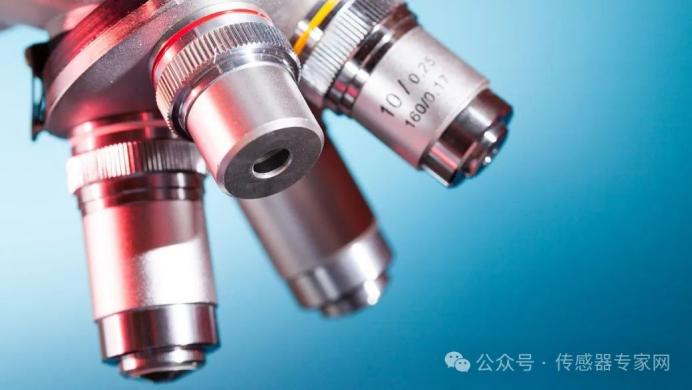In modern industry and daily life, pressure sensors are widely used as important measurement tools in various fields. It can convert pressure signals into electrical signals, thereby achieving precise measurement and control of pressure. This article will provide a detailed introduction to the working principle of pressure sensors and their applications in different fields.

Working principle of pressure sensor
The core components of pressure sensors are sensitive elements and conversion elements, and their working principles are mainly based on the following physical effects:
1. Piezoresistive effect
The piezoresistive pressure sensor utilizes the characteristic of the resistance of semiconductor or metal materials changing with pressure. When pressure is applied to sensitive components, the resistance value of the components changes. By measuring the change in resistance, the magnitude of the pressure can be indirectly obtained. Common piezoresistive materials include semiconductor materials such as silicon and germanium.
2. Piezoelectric effect
Piezoelectric pressure sensors utilize the characteristic of certain crystal materials, such as quartz and ceramics, to generate charges when subjected to pressure. When pressure is applied to piezoelectric materials, charge distribution is generated inside the material. By measuring the amount of these charges, the magnitude of the pressure can be determined.
3. Changes in capacitance
Capacitive pressure sensors measure pressure by changing the spacing or area between capacitor plates through pressure. When pressure is applied to one of the plates of a capacitor, the spacing or area between the plates changes, causing a change in the capacitance value. By measuring the change in capacitance, the pressure value can be calculated.
4. Strain effect
Strain gauge pressure sensors utilize the strain effect of metal or semiconductor materials. When pressure is applied to the strain gauge, it undergoes deformation, causing a change in its resistance value. By measuring the change in resistance, the magnitude of the pressure can be determined.
Application of pressure sensors
Pressure sensors have a wide range of applications in various fields, and the following are some typical application scenarios:
1. Industrial automation
In industrial production processes, pressure sensors are used to monitor and control the pressure of fluids (such as gases and liquids) to ensure that production equipment operates within a safe pressure range. For example, in the petrochemical industry, pressure sensors are used to monitor the pressure of pipelines and containers to prevent explosions and leakage accidents.
2. Automotive industry
In modern automobiles, pressure sensors are widely used in engine management systems, tire pressure monitoring systems (TPMS), brake systems, and more. For example, the intake manifold pressure sensor (MAP) in the engine is used to measure intake pressure, optimize fuel injection and ignition timing, and improve engine efficiency and emission performance.
3. Medical equipment
In the medical field, pressure sensors are used to monitor physiological parameters such as blood pressure and respiratory pressure of patients. For example, a non-invasive blood pressure monitor
indirectly calculates the patient's blood pressure value by measuring the pressure changes inside the cuff through a pressure sensor.
4. Environmental monitoring
Pressure sensors are used in environmental monitoring to measure parameters such as atmospheric pressure and water depth. For example, meteorological stations use pressure sensors to monitor changes in atmospheric pressure and predict weather changes; Oceanographers use depth sensors to measure ocean depth and study the marine environment.
5. Consumer electronics
Pressure sensors are also widely used in consumer electronics products. For example, the barometer in smartphones is used to measure altitude and provide more accurate positioning services; The pressure sensor in a smartwatch is used to monitor the user's movement status and health data.
conclusion
As an important measuring tool, pressure sensors work based on various physical effects, including piezoresistive effect, piezoelectric effect, capacitance change, and strain effect. These sensors play an important role in fields such as industrial automation, automotive industry, medical equipment, environmental monitoring, and consumer electronics. With the continuous advancement of technology, the accuracy and reliability of pressure sensors will be further improved, and their application scope will become more extensive.
By gaining a deeper understanding of the working principle and application of pressure sensors, we can better utilize this technology to promote the development and innovation of various industries.
Source: Sensor Expert Network. If there is any infringement, please contact us for deletion



